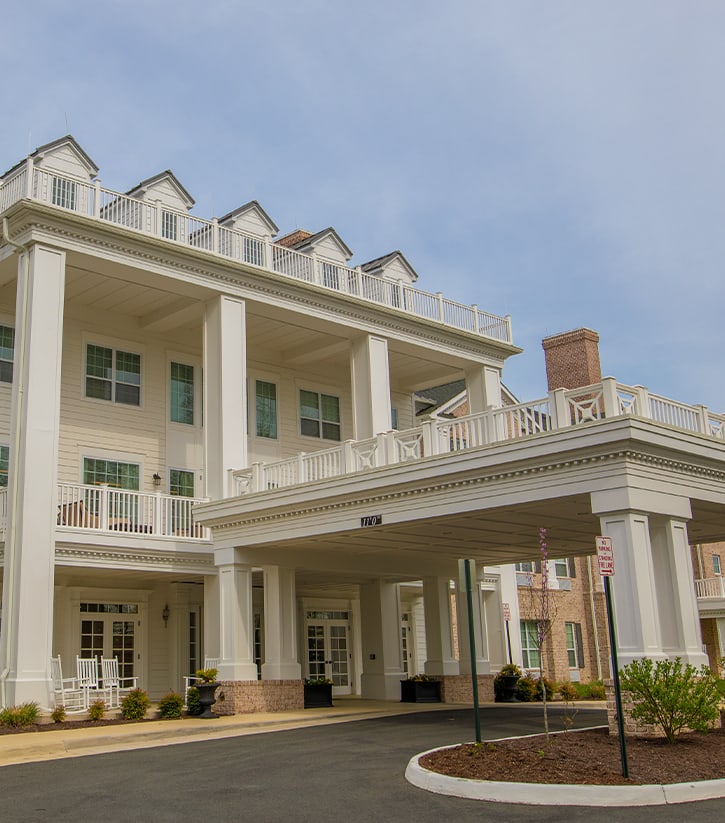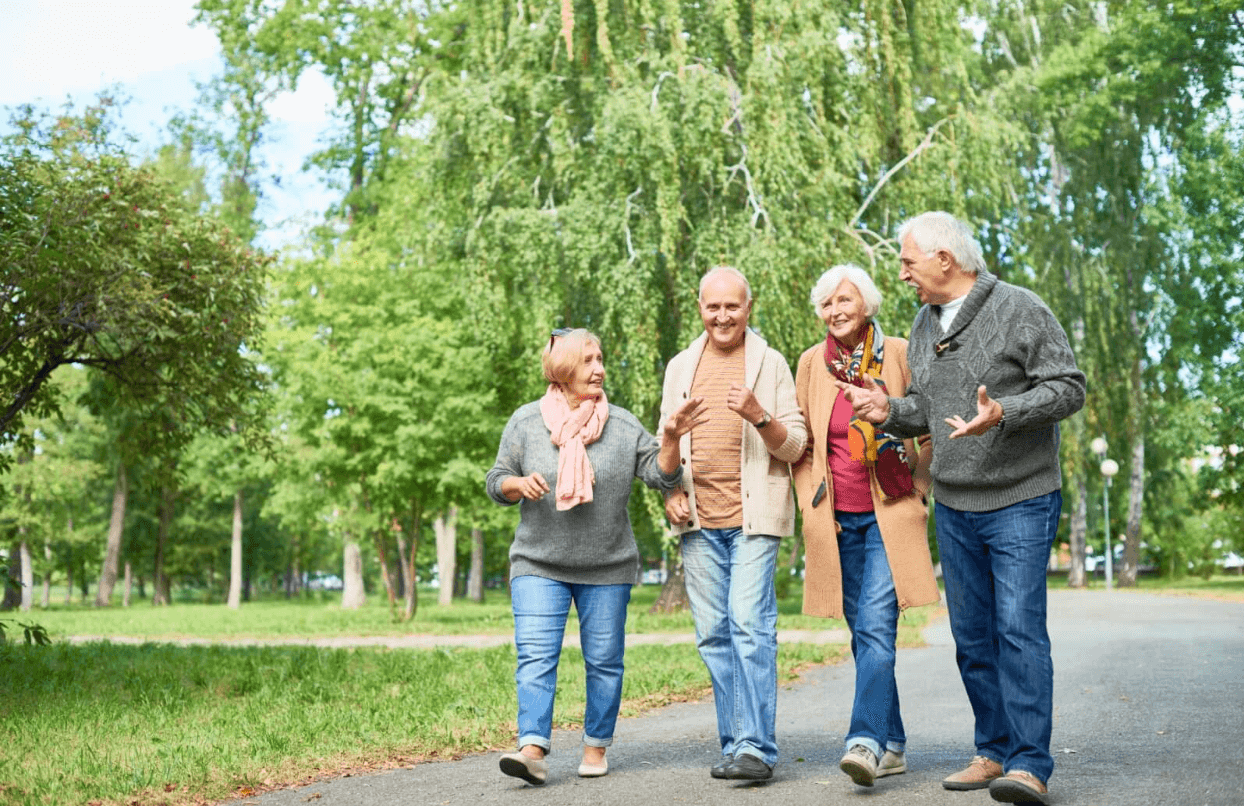Walking is a simple, low-impact way for older adults to maintain physical and mental well-being. Regular movement helps strengthen muscles, improve balance, and support joint health while boosting mood and cognitive function. Beyond the physical benefits, walking can provide a sense of routine, reduce stress, and encourage social connections.
Whether it’s a peaceful stroll through nature or a walk with friends, this accessible exercise can be enjoyable and beneficial for older adults and caregivers. Walking can be a simple way to stay active, engaged, and connected to the community.
Why Walking is Great for Seniors
Walking stands out as an ideal fitness option for older adults. Here’s why:
- Low-impact on joints: It is gentle on the body, reducing the risk of injuries caused by high-impact activities
- Accessible to many: No expensive gym memberships or equipment are required—just comfortable shoes and motivation!
- Customizable: Adjusting your pace and duration means walking can fit many fitness levels.
Not convinced yet? The health benefits of walking might just inspire you to get started.
The Physical Benefits of Walking
Regular walking offers various physical benefits while keeping the risk of injury or strain low.
Boost Cardiovascular Health
Walking for even 20 to 30 minutes a day improves heart health by lowering blood pressure, increasing circulation, and reducing cholesterol levels, ultimately decreasing the risk of cardiovascular disease.
Strengthen Bones & Joints
Walking promotes bone density and joint mobility, helping prevent osteoporosis and manage arthritis symptoms. This can significantly improve flexibility, strength, and quality of life. Consistent movement helps keep bones strong and joints lubricated, which helps to reduce stiffness and discomfort.
Improves Balance & Reduces Falls
By strengthening leg muscles and improving coordination, walking helps older adults maintain balance and reduces the risk of falls—key to staying independent and active. Incorporating walking into a routine can help to improve stability and confidence in daily movements.
Helps Weight Management
Combining a walking routine with proper nutrition supports healthy weight management, especially since metabolism tends to slow with age. Be sure to pair walking with a nutrient-rich, balanced diet for the best results.
The Mental Health Benefits of Walking
Walking doesn’t just benefit your body but it can be a great way to nurture your mind.
Eases Stress & Anxiety
A peaceful walk outdoors—among nature and fresh air—can help lower anxiety and stress levels. Physical activity releases endorphins, the brain’s natural feel-good chemicals. Even a short daily walk can help to promote relaxation and improve overall mood.
Supports Cognitive Function
Studies show that regular walking reduces the risk of cognitive decline and conditions like Alzheimer’s. Walking keeps your brain active and nourished through increased blood flow. Maintaining an active lifestyle can help support memory, focus, and mental clarity as you age.
Combats Loneliness
Walking with friends or family doubles as a social activity, helping foster stronger connections and combat feelings of isolation. Whether it’s a neighborly stroll or a group hike, the company amplifies the joy.

Simple Tips to Start Walking
Starting a walking routine is easy, but these tips can make it safe and enjoyable too!
- Invest in supportive shoes: Properly cushioned, well-fitted shoes can help reduce discomfort and prevent injuries.
- Pick suitable paths: Flat surfaces or marked park trails are ideal for safety and ease.
- Go slow and steady: If you’re new to walking, begin with short distances or a slow pace. Gradually increase speed and duration over time.
- Stay hydrated and protected: Carry a water bottle, wear weather-appropriate clothing, and don’t forget sunscreen when it’s sunny.
By taking simple precautions and making walking a part of your routine, you can enjoy its many benefits while staying safe and comfortable. Whether walking alone or with others, consistency and enjoyment are key to making it a lasting habit.
Join a Walking Community
Feeling like a part of a community can be important for older adults, and walking can offer a way to connect, have fun, and stay healthy. Here are a few tips getting started:
- Join a neighborhood walking group: Invite friends, family or neighbors for a weekly walk!
- Join a walking club: Many communities organize walking clubs for older adults, which you could consider joining.
- Attend a local event: Charity walks are a great example of joining a fun event, while giving back to the community.
- Explore senior-friendly walking programs: Some recreation centers and health organizations offer guided walks designed for older adults.
By building or joining a walking community, older adults have the opportunity to improve their health and create social connections that can help them to lead happy and fulfilling lives.
Get Started Today
Take the first step toward a healthier, more fulfilling lifestyle! Contact Ashleigh at Lansdowne to discover how our programs and resources can support you or your loved one’s wellness goals. Our team is dedicated to helping older adults thrive.













